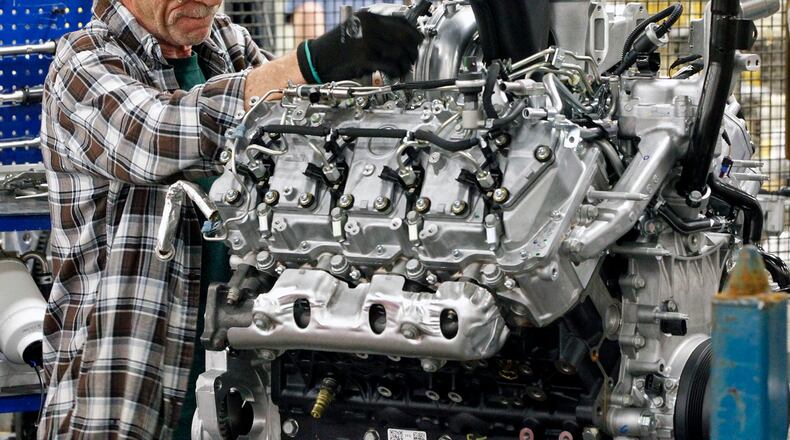Beyond the low jobless rate, wages were the big story in this report. Wages for non-supervisor workers rose 2.8 percent in May compared to May 2017, the best annual gain since July 2009, just after the official end of the Great Recession.
MORE: Tennessee company acquires local firm
With low unemployment, Dayton-area employers are feeling an acute need for qualified workers, said Doug Barry, owner of Dayton and Springfield staffing firm BarryStaff. Locally, Barry said he sees a lot of companies asking employees to work more hours, including overtime.
“Employers are pressured to get products out the door,” Barry said. “Basically, right now we’re at full employment. It’s great for job-seekers.”
Companies are looking for any edge in the competition for the right workers, he said. They are trying attendance bonuses, signing bonuses and there is upward pressure on wages, he said.
Manufacturing remains a hot sector locally, as does warehouse and distribution work. Even retail, Barry added.
MORE: Wine Gallery real estate downtown has a new owner
“The weather has been good and folks are out there spending money,” he said.
The manufacturing sector grew by 18,000 jobs in May, but nearly 185,000 factory jobs have been created since October, the Alliance for American Manufacturing said.
Payroll employment increases by 223,000 in May; unemployment rate edges down to 3.8% https://t.co/NsuHovcqn0 #JobsReport #BLSdata
— BLS-Labor Statistics (@BLS_gov) June 1, 2018
However, PNC Chief Economist Gus Faucher threw up a cautionary red flag, saying that the “excellent jobs report, including the solid gain in wages,” very likely means the Federal Open Market Committee will raise the federal interest rate when that committee meets in less than two weeks.
The committee “wants to take some of the pressure off of the labor market to avoid overheating in the economy that would push inflation too far above the Fed’s 2 percent inflation goal,” Faucher said.
MORE: The long decline: 5 things to know about the fall of Sears
Nationally, job gains were spread across industries, indicating that most sectors of the economy are growing, he said.
Looking forward to seeing the employment numbers at 8:30 this morning.
— Donald J. Trump (@realDonaldTrump) June 1, 2018
And Faucher agreed that competition for workers is leading businesses to raise pay, good news for consumer spending.
This year, the U.S. economy has added on average 207,000 jobs a month, better than last year’s pace of 182,000.
About the Author

